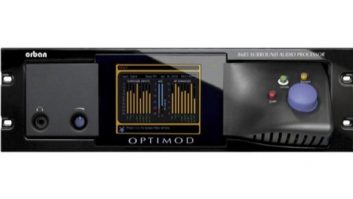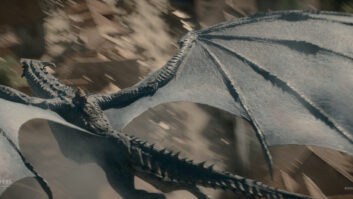The problem with silence is that it is so terribly noisy.
We’ve all been sold a lie. In reality, nothing in nature is truly silent and there’s a lot going on in the darkness; the sound of your own breath, the wind in the trees, the distant hum of an engine.
The new Netflix adaptation of Patricia Highsmith’s classic book “The Talented Mr. Ripley” is all about embracing those moments. And while Ripley is darkly quiet, it is far from silent. Just how sound mixer Maurizio Argentieri likes it.
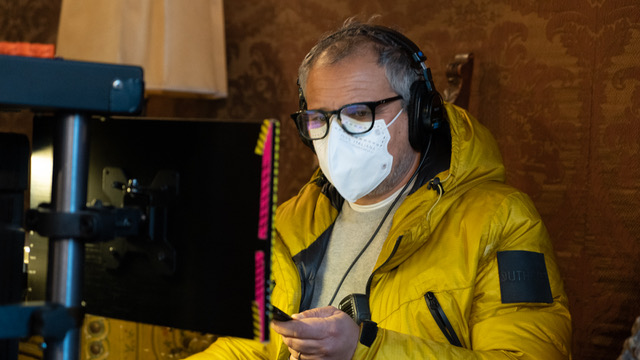
Filmed on location in Italy over 10 months during the Covid pandemic, Argentieri set out to capture the silence as loudly as possible. Carefully choosing equipment from both ends of the digital and analogue spectrum, his diligence meant it was also a quiet day for the Foley artists, with 90% of the sounds he recorded on set making it into the final mix.
Even when there was almost no sound at all.
“When I talk about an atmosphere of silence, it means footsteps, the rustle of fabric, all the tiny details,” says Argentieri. “There are many scenes in Ripley where the silence drives the story like another character. It is so important to the plot that as a sound designer I wanted to create the sound live on set to give the audio team as much information as possible when they came to mix the show in post-production.”
Shifting the vision
Argentieri has always been fascinated by the effect of audio on an image. Starting his career as a musician and recording engineer, he got his break in cinema working under the Italian director Mario Monicelli.
“When I was 22 years old, I discovered how audio can change the meaning and emotion of images,” he says. “It seemed like a kind of magic, and I was fascinated about this as a creative process, so I tried to bring that same elegance I learned in the studio to working in the field.”
Elegant is a good way to describe Argentieri’s approach. For Ripley, Argentieri’s aim was to not only recreate a soundscape that was sympathetic to the 1960s setting, but to also complement the artistic direction of the material. Like many Patricia Highsmith adaptations, Ripley is deeply noir, and with every aspect of the production reflecting that, Argentieri went big on authenticity. As did Oscar-winning writer and director Steve Zaillian.
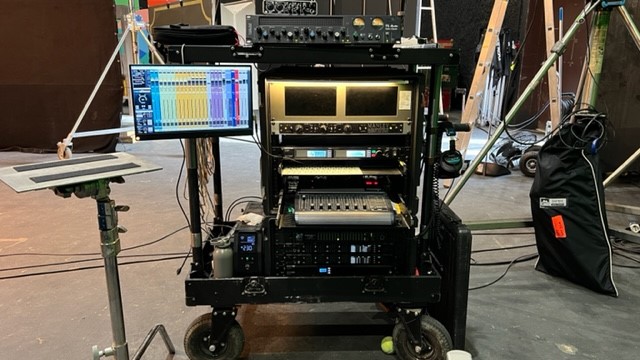
Bringing the authenticity
“The show is in black and white which drives the emotion in a very specific direction,” says Argentieri. “Steve shot it like a noir, and I knew I needed to find something special to contribute to that atmosphere. Steve’s approach was all about authenticity, so I knew I needed to design a very specific workflow to match his vision.
“I used a tube pre-amplifier to record all the dialogue on set, along with large diaphragm microphones to capture the richness of the voices where I could. I designed an elastic suspension to hold these heavy microphones properly, and on the input I applied some light compression using a tube compressor from the 1960s. I wanted to have my signature on all the recordings. Creating the right atmosphere was so important I wanted to get it right at the beginning of the process.”
Making friends with the enemy
Ripley’s focus on the finer things and its enthusiasm for authenticity meant that Argentieri found himself working in some very difficult environments, like large and expansive buildings filled with stone and marble. These are always a challenge for sound designers as they fight to control the reflections from such reverberant surfaces.
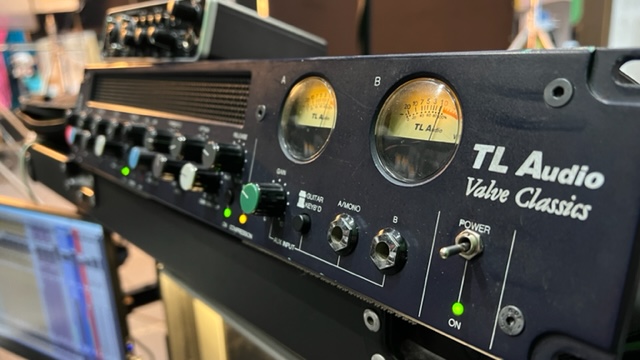
But not for Argentieri, who took what he had learned in the studio and applied it all on location.
“I completely changed my approach,” he smiles. “I became friends with the reflections and all the ambience was completely authentic!
“I understood very early that we needed to invest a lot of effort into capturing the unique sounds of these locations. I designed a specific immersive rig with a double MS configuration to capture the ambience of those locations and applied the same technique that one uses to record a drumkit. When recording drums, you close-mic the kit and place more microphones some distance away to capture the room ambience in order to enlarge the sound. I used the same technique with the immersive rig, placing it away from the set to capture its beautiful reverberations in an immersive format while using close mics to record the dialogue.”
Argentieri also treated the recording of vehicles in Ripley like a drum kit, dividing the car into 12 sections and using 12 microphones to record different elements as isolated outputs (ISOs), including mics inside both the engine compartment and the car. This allowed the post-production team to change the sound of the car however they liked.
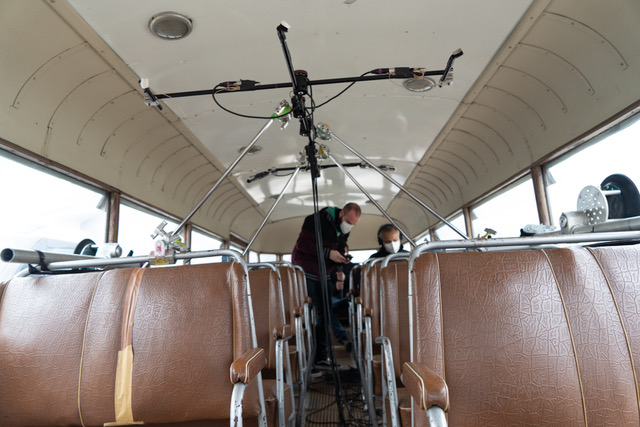
Mixing digital with analogue
Combining digital and analogue technology at either end of the process, Argentieri designed a workflow which was capable of capturing all the nuances of the stillness. At the microphone end he paired Shure Axient Digital Wireless System’s ADX1M Micro Bodypack transmitters and ADX5D Dual-Channel Portable Wireless receivers, before feeding every signal through his analogue tubes on the input.
Given the demands of the production, the combination delivered both a low noise floor for capture, and the richness of the sound for the ISO feeds which would end up in post.
“Shure’s Axient Digital Wireless Microphone System is a digital RF system with a proprietary codec for the audio, and the noise floor is very, very low,” says Argentieri. “This is especially useful on productions where the actors are working in whispers, and the quiet environments are already very close to the noise floor. With wireless analogue equipment these low-level signals can dig into the noise, and while noise reduction circuits can deal with this, to me it affects the sound and there is no way it can be transparent. Shure’s Axient Digital Wireless System does not need it because it is streaming digital signals. There is no noise in the electronics, plus I can adjust the gain and the frequency remotely, and its RF analyser makes everything easy to set up.
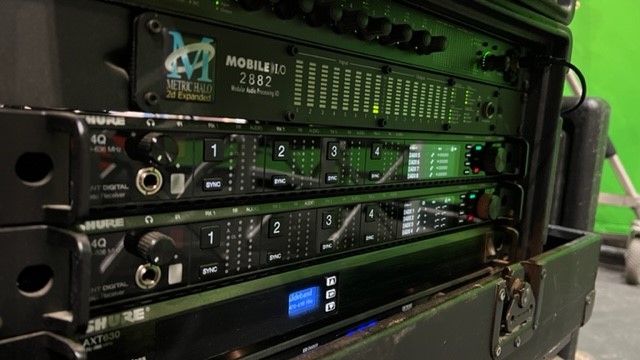
“For Ripley it delivered the audio which matched the director’s vision. And because the system can handle everything else by itself, it means that when I use wireless all I need to do is focus my mind on the sound.”
Finding some peace
As such a key element in the story, the opportunity to work with the silence rather than against it gives Ripley a different dimension, which Argentieri believes came from the top.
“Steve understood that the sound is a big part of the presentation,” adds Argentieri. “It would be sacrilege to not capture the very unique atmosphere of these locations and bring all that into the show. This project is kind of unique and I feel very lucky to be part of it.”

